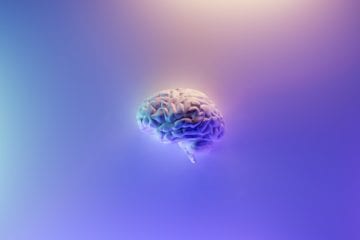How to Build Reading Skills with Dr. Emily Sharp
This blog features an interview excerpt about building reading skills with Dr. Emily Sharp. The entire podcast and YouTube interview can be viewed below the interview excerpt below.
Every week, Dr. Amanda invites guests to speak about a weekly theme. This week, Dr. Emily Sharp, provides many examples of how to build reading skills for children and youth. Emily is an expert in the fields of math and reading instruction.
Description of the Episode with Dr. Emily Sharp
Time Stamp/Interview Excerpts
2:55: Dr. Amanda: Emily tell us about your background in the science of reading
3:00: Dr. Emily Sharp shares about her experiences leading her to recognize the importance of learning the science of reading.
4:35: Dr. Emily: It was critical to get training from the Orton Gillingham Academy as well as LETRs training.
7:05: Dr. Amanda: What are the most important components of reading?
7:45: Dr. Emily: We know the most important components of reading. Recently, we know the largest component of comprehension we now realize is background knowledge.
9:55: Emily: I had a big insight at a recent PA Literacy conference with Dr. Stephen Dykstra. He said if you want to help a child who experienced trauma help them to read. Reading is a piece of being able to make connections with your emotions and connect it to what happened to you.
11:50: Is explicit reading instruction important for all students?
11:58: Not all students need the same amount of explicit reading instruction. You do make sure the kids explicitly connect it to prior knowledge.
16:42: Dr. Amanda: What have you found most effective in teaching reading?
16:55: Dr. Emily continues to discuss the importance of training and student engagement throughout instruction.
22:05: Dr. Amanda: What are some practical ways for parents to teach their children how to read?
22:18: Dr. Emily Sharp: Parents can help their children develop oral language skills. It is important to play with language using rhyming and singing.
25:35: Dr. Amanda: Are there any additional ways to teach reading to children?
25:40: Dr. Emily: We want to expose children to text. Show children that there are syllables in words. Talk about how to use letter formation and how children use play with drawings. Connect with the kids about what they are learning.
27:23: Dr. Amanda: Ask specific questions to students: What did you read today? What did you learn today?
28:05: Dr. Amanda: What would you share with parents who do not think explicit instruction is necessary?
28:30: Dr. Emily Sharp: We have confirmed many hypotheses with fMRI studies of the brain. We know there are connections made in different areas of the brain.
34: 21: Pathways to remediation is much harder after age 8. The pathway to reading lengthens according to research. The amount of time in intervention doubles for older students.
36:12: What are some resources to support the science of reading?
36:33: Dr. Emily Sharp discusses the Reading Rockets website and the LDonline.org website to provide information for parents. A review of Dr. Kilpatrick’s reading resources is part of the discussion.
41:00: Dr. Emily closes with a wisdom tip to share with educators and parents.
An Apple A Day with Dr. Amanda Apple Podcast Link: https://podcasts.apple.com/us/podcast/an-apple-a-day-with-dr-amanda/id1537045554
An Apple A Day with Dr. Amanda YouTube video to click and watch below:


